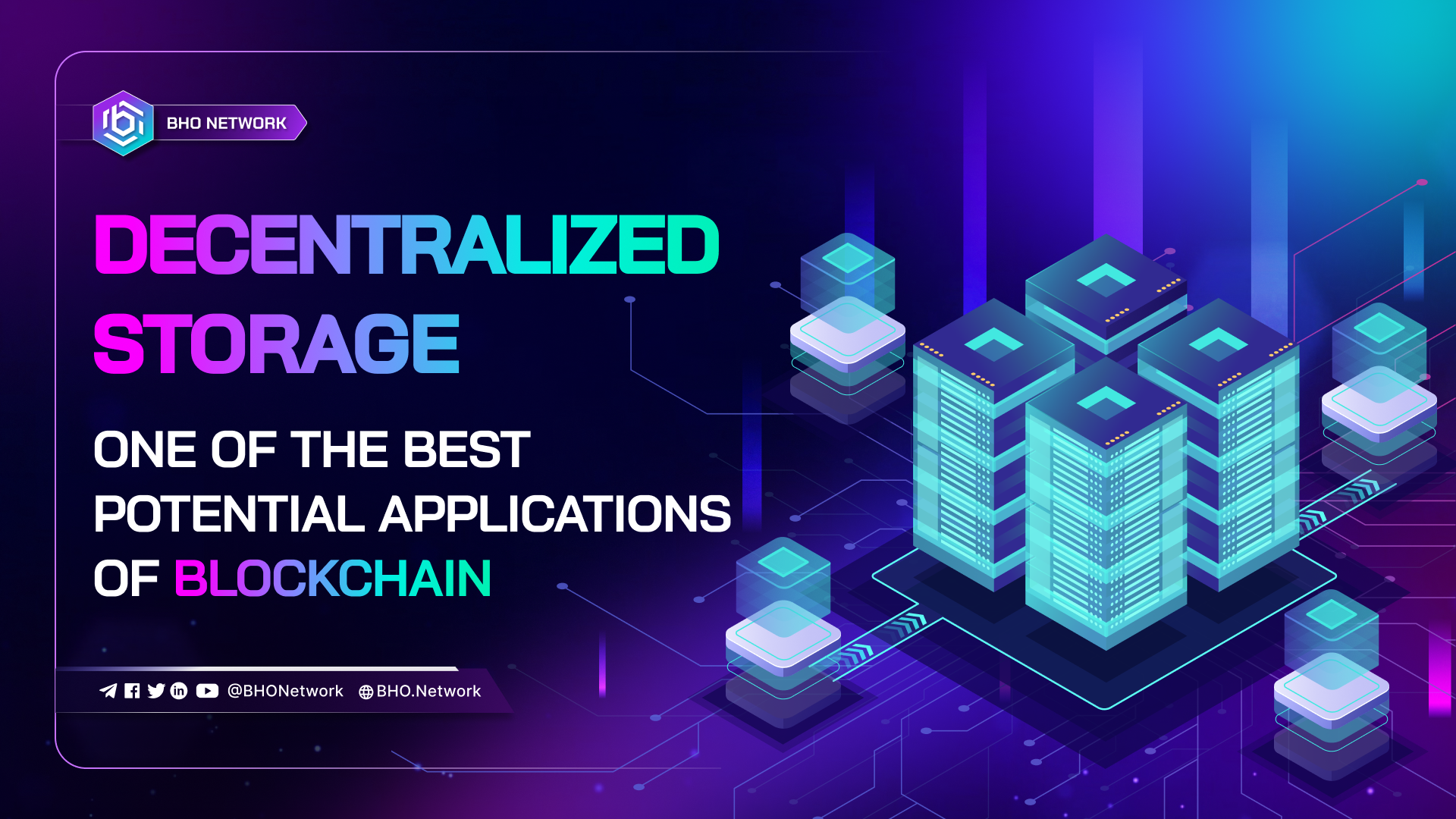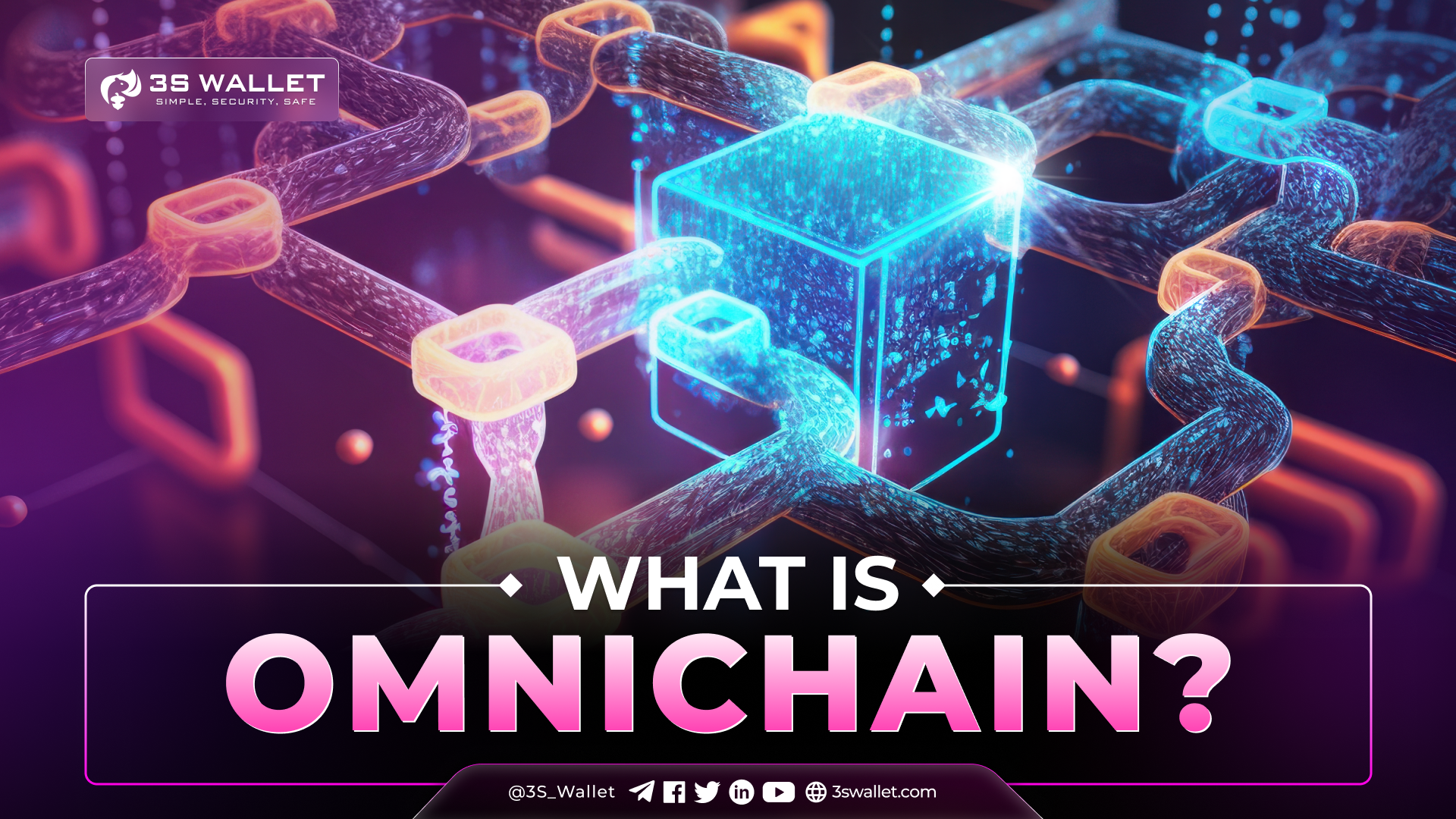WHAT IS CHAIN ABSTRACTION?
Blockchain technology, renowned for its decentralized, secure, and transparent nature, is rapidly transforming numerous industries. However, as the blockchain ecosystem expands, interoperability among various blockchain networks remains a significant challenge. Chain abstraction addresses this issue by providing a seamless interface for interaction across different blockchains. This article delves into the intricacies of chain abstraction, its significance, potential impact, and real-world examples of its application.
Definition
Chain abstraction is the process of creating a unified layer that abstracts the complexities and differences of various blockchain networks. This layer allows developers and users to interact with multiple blockchains using a standardized interface, without needing to understand the underlying protocols or mechanisms of each individual blockchain. Essentially, it simplifies interaction with blockchain networks, making them more accessible and efficient.
Key Components of Chain Abstraction
1. Interoperability Protocols: Interoperability protocols are essential for chain abstraction. They enable different blockchain networks to communicate and share data seamlessly. Protocols like Polkadot, Cosmos, and Interledger are designed to facilitate interoperability by connecting disparate blockchains and allowing them to interact through standardized methods.
2. Smart Contracts: Smart contracts play a crucial role in chain abstraction. These self-executing contracts with the terms of the agreement directly written into code can be designed to work across multiple blockchains. This cross-chain functionality ensures that the logic and operations of decentralized applications (dApps) remain consistent, regardless of the underlying blockchain network.
3. Middleware Solutions: Middleware solutions act as a bridge between different blockchain networks and applications. They provide the necessary tools and services to abstract the complexities of various blockchains, offering a unified interface for developers. Examples include Chainlink and Band Protocol, which provide decentralized oracle services to connect smart contracts with external data sources.
Benefits of Chain Abstraction
1. Enhanced Interoperability: By abstracting the differences between blockchain networks, chain abstraction enhances interoperability. This allows for the creation of cross-chain dApps, which can leverage the unique features of multiple blockchains simultaneously. Such applications can provide more comprehensive solutions and greater functionality.
2. Reduced Complexity: For developers, interacting with multiple blockchains can be complex and time-consuming. Chain abstraction simplifies this process by providing a standardized interface, reducing the need for extensive knowledge about each individual blockchain. This fosters innovation, as developers can focus on building applications rather than dealing with underlying technicalities.
3. Scalability and Flexibility: Chain abstraction enables scalability by allowing applications to operate across various blockchains. This flexibility ensures that applications are not limited by the constraints of a single blockchain network. If one blockchain faces congestion or high fees, the application can seamlessly switch to another network, ensuring continuous and efficient operation.
4. User Experience: For end-users, chain abstraction offers a more seamless and intuitive experience. Users can interact with applications that utilize multiple blockchains without needing to manage different wallets or understand the technical details of each blockchain. This enhances the overall usability and accessibility of blockchain-based applications.
Real-World Examples
1. Polkadot: Polkadot is a prime example of chain abstraction in action. It enables multiple blockchains, known as parachains, to interoperate with each other through its Relay Chain. This structure allows different blockchains to leverage Polkadot’s shared security, scalability, and governance, while maintaining their unique features and functionalities. Polkadot's cross-chain composability allows for the seamless exchange of data and assets across various blockchains, enhancing interoperability within the ecosystem.
2. Cosmos: Cosmos is another significant project that embodies the principles of chain abstraction. Cosmos aims to create an "Internet of Blockchains," where multiple blockchains can interact seamlessly. Its Inter-Blockchain Communication (IBC) protocol facilitates communication and data transfer between different blockchains, allowing them to operate as a cohesive network. This approach enables developers to build decentralized applications that can leverage the strengths of multiple blockchains simultaneously.
3. Chainlink: Chainlink provides a decentralized oracle network that connects smart contracts with real-world data. By abstracting the complexities of interacting with various data sources and blockchain networks, Chainlink enables smart contracts to function across multiple blockchains. This interoperability is crucial for applications that require external data, such as decentralized finance (DeFi) platforms, ensuring they can access accurate and timely information regardless of the underlying blockchain.
Challenges and Future Directions
While chain abstraction offers numerous benefits, it also presents certain challenges. Ensuring security and trust across multiple blockchains is a significant concern. Interoperability protocols and middleware solutions must be robust and secure to prevent vulnerabilities and attacks. Moreover, standardizing the interaction across various blockchains requires consensus and collaboration among different blockchain communities. Developing universal standards and protocols is a complex task that involves coordination and agreement on technical specifications.
Looking ahead, the future of chain abstraction is promising. As blockchain technology continues to evolve, the need for interoperability will become increasingly critical. Innovations in interoperability protocols, middleware solutions, and cross-chain smart contracts will drive the development of more sophisticated and integrated blockchain ecosystems.
Published on June 29, 2024







